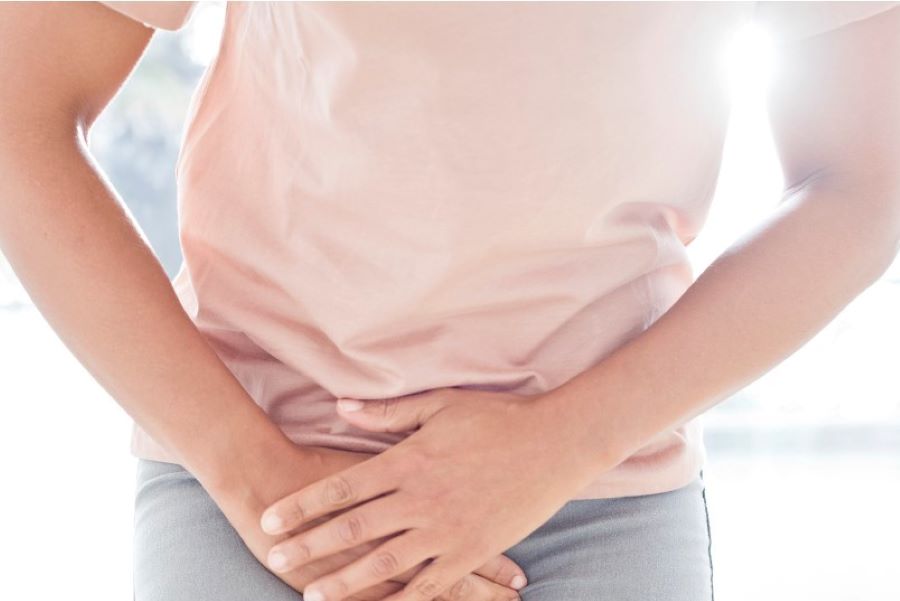4 Postpartum Patterns in the Pelvis
4 Postpartum Patterns in the Pelvis
The pelvis needs to open and move in order for a baby to be born vaginally. Birth workers know how to guide laboring clients on different positions they can maneuver through during labor to facilitate this opening. We know that internal rotation of the femurs helps to widen the pelvic outlet and squats can facilitate both inlet and outlet widening depending on the position of the pelvis during the squat.
But what about after birth? What do we know about the state of the pelvis once the baby comes out? Do the bones return to their original position after birth? In my experience, no, they do not.
4 Postpartum Patterns
I have found there are 4 common postpartum patterns that remain in a pelvis after birth. The more trauma a person experienced during birth the more ingrained these patterns are in their body until the trauma is addressed. Treating these patterns with mobilizations and exercises is helpful, but if you find the same pattern returning each time you see them, then a trauma response in the body is at play.
Sacral Flexion Postpartum Pattern
The first most common postpartum pattern is sacral flexion. The sacral bone needs to move into flexion so the coccyx can get out of the way of the baby’s head. Sacral flexion is what helps open up the pelvic outlet so baby can come on out. The biggest complaint your clients may have with this pattern is that lying on their back on a hard surface is painful. The sacrum is not in it’s normal position for them to do this. Helping to encourage sacral extension is the key to helping this pattern.
Sacral Deviation Postpartum Pattern
The second postpartum pattern, which was the first pattern I discovered, is similar to sacral flexion but with a slight deviation of the sacrum to the right. In this common pattern you will find the sacral base higher on the right hand side than the left and the mobility in the right sacroiliac joint will also be diminished. The coccyx will be off midline and more on the right hand side. Correcting this pattern takes several steps and can be learned in the Treating the Postpartum Pelvis course.
Ischial Splay Postpartum Pattern
The other most common postpartum pattern is the ischial splay. The bones of the ischium need to separate for the baby to come out. I usually find them both splayed apart or will find one more splayed out to the side than the other. The position the birthing person was in will influence the amount of pressures placed on the two ischial tuberosities. If the birthing person was side-lying then the top side ischium will be more splayed out. We need to use our biomechanical knowledge to determine what has happened during birth, and then know how to address these bones to get them back to their original position.
Posterior Sacrum Postpartum Pattern
The last postpartum pattern in the pelvis is a posterior sacrum. This is where the sacrum is pushed posteriorly and the entire pelvis is widened. This pattern is usually found when baby’s head comes out occiput posterior or in an asynclitic presentation of the baby’s head. The typical findings of this pattern is widened and decrease mobility in bilateral PSIS’s along with splayed ischiums as well.
Releasing Postpartum Patterns
All these patterns are treatable and helping to release them from the body should be our first order of business with our postpartum clients. When you do get the bones into their original position after birth you will find their pelvic floor muscles can function better and their core activation is easier for them as they feel more grounded and stable in their body again.
To learn more about how to release these patterns please check out the Treating the Postpartum Pelvis online course. In less than 3 hours, you will know how to assess and treat most of these patterns.
About the Author: Lynn Schulte is a Pelvic Health Therapist and the founder of the Institute for Birth Healing, a pelvic health continuing education organization that specializes in prenatal and postpartum care. For more information, go to https://instituteforbirthhealing.com

